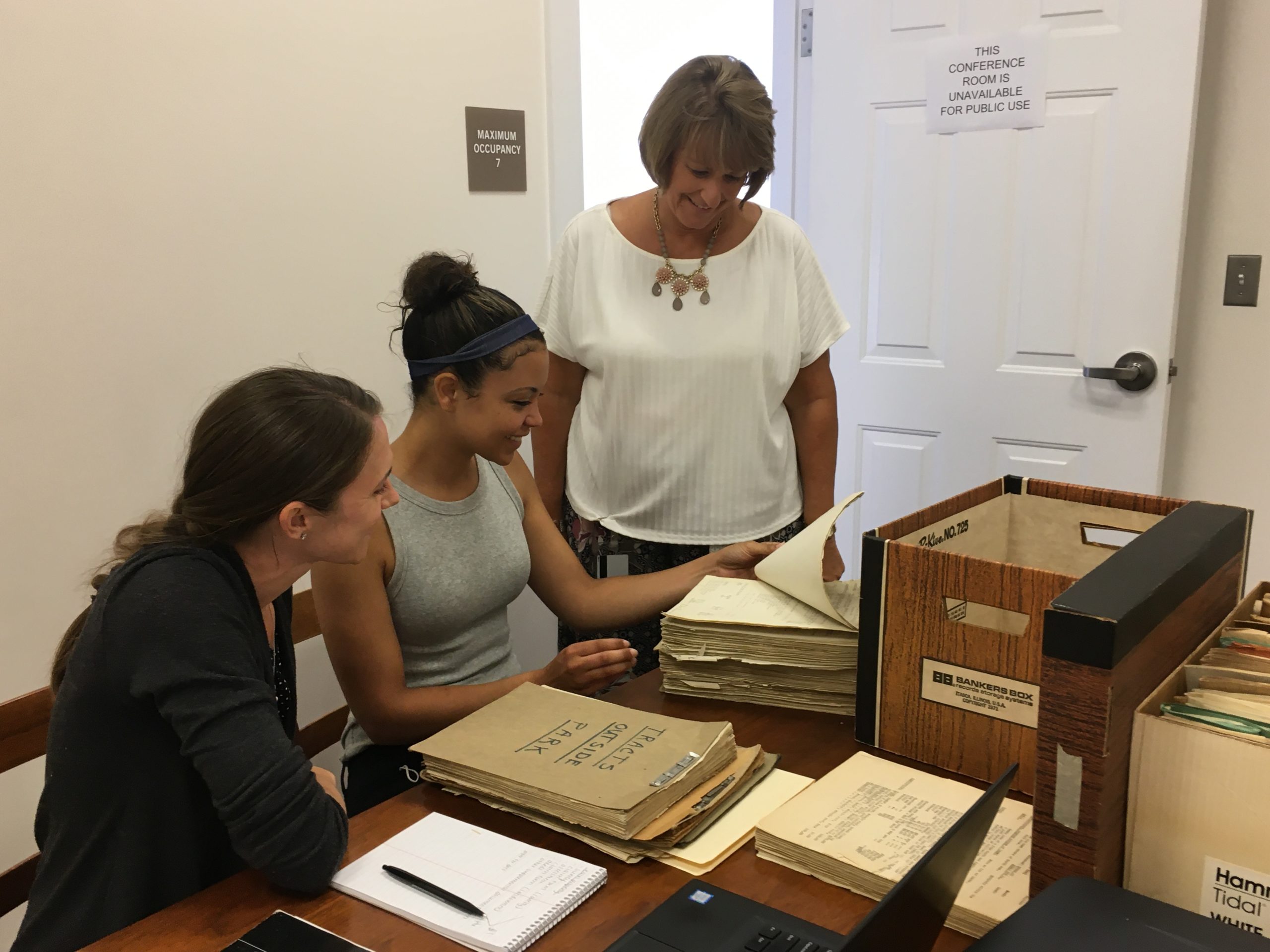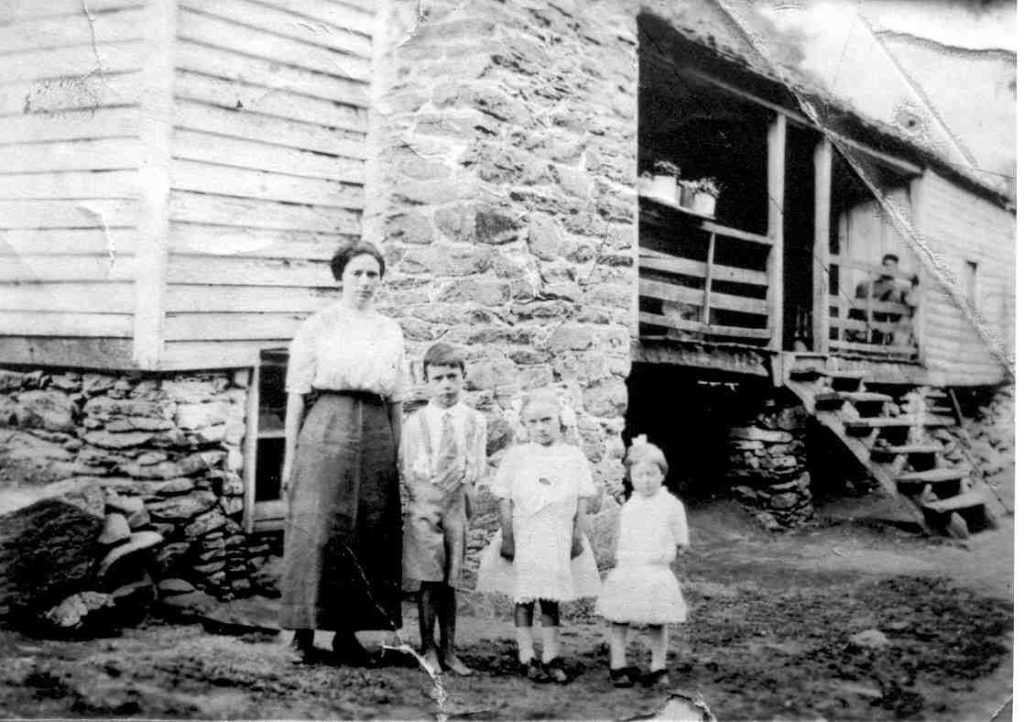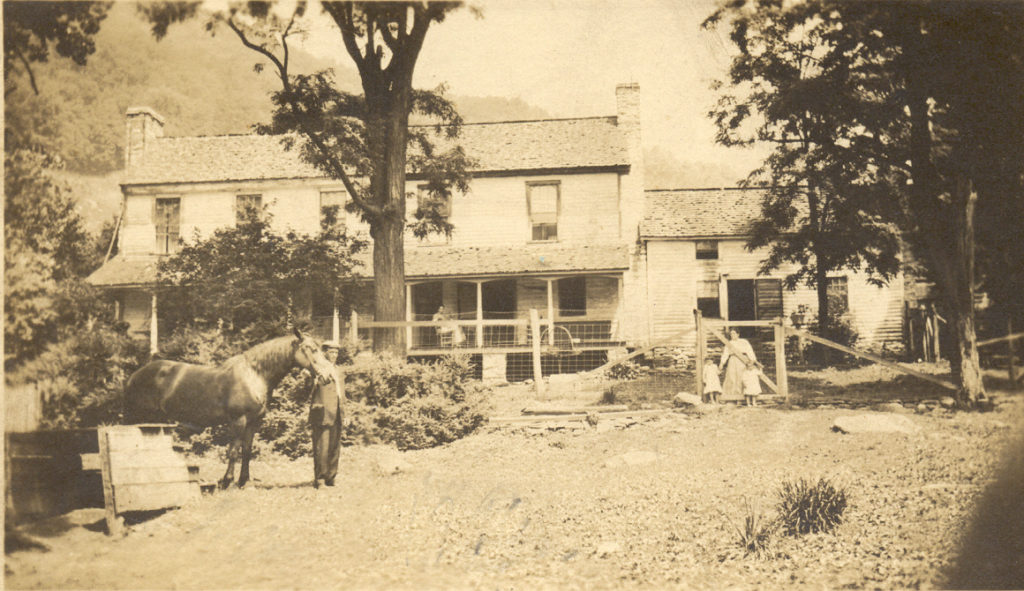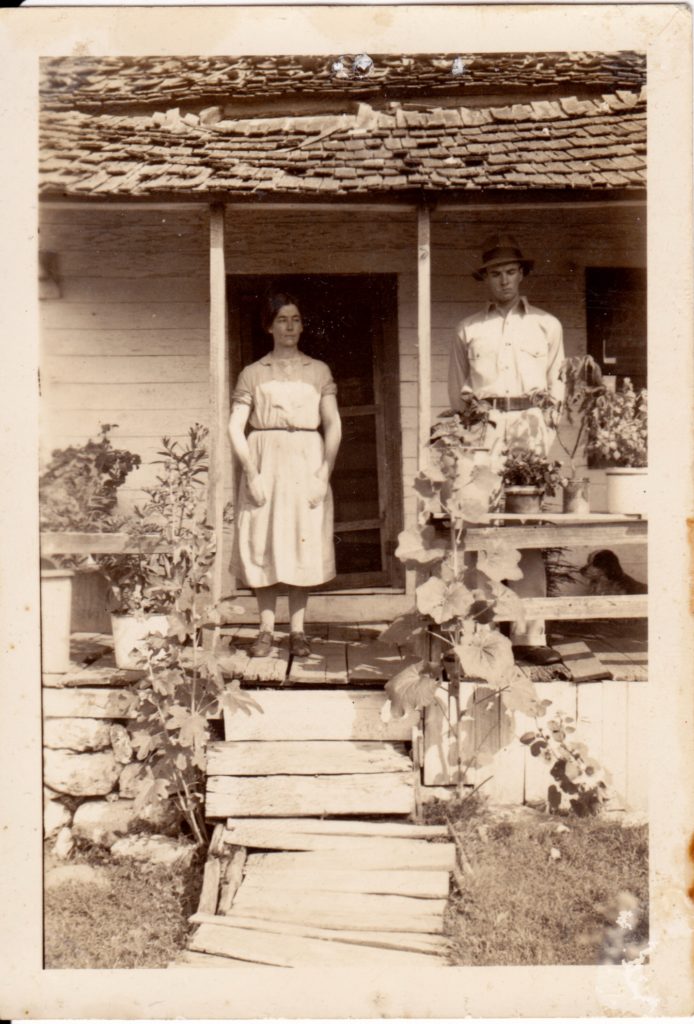Contact:
Kristie Kendall, Historic Preservation Coordinator
The Piedmont Environmental Council
kkendall@pecva.org; 540-347-2334, x7061
MADISON COUNTY, VA. (May 6, 2022) – In partnership with James Madison University, and with funding from the Madison County Historical Society, The Piedmont Environmental Council (PEC) has completed the digitization of thousands of legal documents related to the Commonwealth’s 1930s-era condemnation of private lands in Madison County for the creation of Shenandoah National Park (SNP). Until now, these records have been housed, unorganized and amongst many boxes, in the storage room of the Madison County Circuit Court Clerk’s Office. They were only rarely, if ever, used by land surveyors. Now, all deed book records, court proceedings and individual case files for Madison County properties that are part of Shenandoah National Park are publicly accessible and searchable for the first time. The online database is hosted by James Madison University (JMU) and accessible from The Piedmont Environmental Council’s webpage on the project: pecva.org/snp-digital-records.
The project’s completion will be formally announced at a community event on Sunday, May 15 at the county auditorium at 414 North Main Street, Madison, VA. PEC Historic Preservation Coordinator Kristie Kendall will lead a conversation with Kevin Hegg, director of digital projects at JMU Libraries, Leeta Louk, Madison County’s Clerk of the Circuit Court, and Victoria Garnett, the PEC intern who digitized the records. They will discuss the history of the creation of Shenandoah National Park, the condemnation suit, and the process involved in organizing and digitizing the records. Additionally, Hegg will present an overview of the web-based database and how to locate and use the documents.
The State of Virginia took nearly 200,000 acres of privately-owned land in eight Virginia counties via eminent domain for the creation of Shenandoah National Park, allowable under provisions of the 1928 Public Park Condemnation Act. The related court proceedings in Madison County were titled: The State Commission on Conservation and Development of the State of Virginia v. D.F. Anderson and et als and 55,000 Acres of Land in Madison County, Virginia
“Landowners with clear title were compensated, but some families did not possess a title to the land on which they lived. Many were tenants or caretakers for absentee owners, and a few resided on land that had supported their families for generations, but was actually owned by others. Compensation varied from property to property. Some received what they considered fair value for their loss, while many did not,” according to the Blue Ridge Heritage Project website.

The Blue Ridge Mountains’ long history of settlement and displacement spans more than 10,000 years, beginning with the ancestors of Siouan-speaking tribal nations and ending with the creation of Shenandoah National Park. “On the Piedmont side of the Blue Ridge, Madison County had the largest land area taken for the park and one of the largest numbers of displaced persons as a result. Digitizing these condemnation records finally brings family history home for many descendants of these families and can help provide closure to many unanswered questions. Even for families whose land was assessed but not ultimately taken for inclusion in the Park, the records are an incredible research tool to learn about land ownership and land use history in the Blue Ridge Mountains,” said Kendall, who is also a former board member for the Blue Ridge Heritage Project.
“I was very excited to participate in this project. These records are such an important part of the history of Madison County, but unfortunately, they were just sitting in boxes and were not readily available to the public. Thanks to this project and the digitization of these records, not only are they available to Madison County residents and descendants of the families who were affected by the formation of the park, but to anyone in any part of the world who wants to access them,” said Louk.
“The Historical Society is excited to fund this project as a final step in our efforts to recognize and remember the folks displaced from their homes for the Park. Thanks to the efforts of Leeta Louk, we received a copy of a huge map of the Park area. Through this digitization project, we can play a role in making the records available for all to see,” said Max Lacy, president of the Madison County Historical Society.
The now-completed Madison County project advances an overall goal of making accessible all related records within all eight counties—Albemarle, Augusta, Greene, Page, Rappahannock, Rockingham, and Warren—from which lands were taken to create the park. In 2017, James Madison University digitized Rockingham County records and in 2020, PEC completed digitization of Rappahannock County records. Kendall said that PEC hopes to further the work in other counties in the future.
How to Access the Records
The digital collection of condemnation records, which currently includes records from Rappahannock, Rockingham and Madison counties, can be accessed through James Madison University’s webpage, Histories along the Blue Ridge, by clicking on “Browse Digital Collections.” The Madison County SNP records are organized into two categories, and can be searched by surname in all categories:
- The Court Proceedings are the legal proceedings for each individual tract of land that made up the one court case. In most cases, individual case files include property surveys, assessments for the value of the land and improvements, and claims by the owner of the property.
The Miscellaneous Documents collection includes the Muniments of Title—recorded transfer of title in the Deed Books, including boundary descriptions for all acquired properties—as well as appraisal commission reports, addresses of landowners, depositions and proceedings from the law and order books.
Since 1972, The Piedmont Environmental Council has proudly promoted and protected the natural resources, rural economy, history and beauty of the Virginia Piedmont. PEC empowers residents to protect what makes the Piedmont a wonderful place, and works with citizens to conserve land, improve air and water quality and build thriving communities. PEC is a 501(c)(3) non-profit and accredited land trust. Learn more at www.pecva.org.



